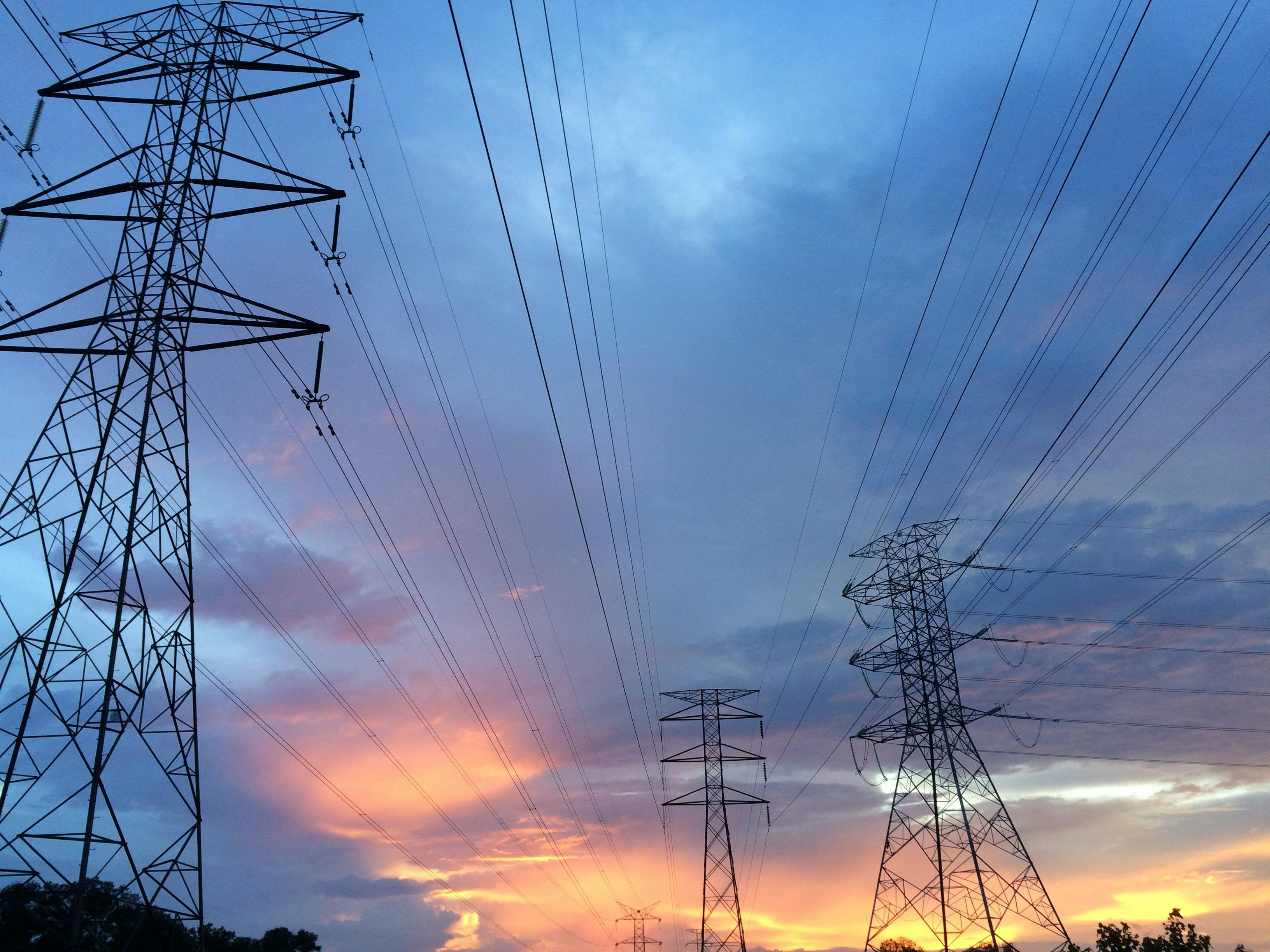
Photo Credits: Anders J
The Internet of Things (IoT) and renewable energy are two of the most promising technologies of our time. While IoT devices enable real-time data collection and analysis, renewable energy sources reduce carbon emissions and help fight climate change. Together, they can revolutionize how we produce and consume energy, making it more efficient, reliable, and sustainable.
IoT and renewable energy can also create new business opportunities and revenue streams. For example, a solar energy company can offer IoT-enabled energy management services to its customers, allowing them to monitor and optimize their energy consumption and even sell excess energy back to the grid. This can also help reduce peak demand and prevent blackouts and brownouts.
Renewable energy and IoT can create a powerful combination to help us build a more sustainable future. This blog post will explore how IoT transforms the renewable energy industry and how these two technologies can create a more efficient, reliable, and sustainable energy system.
IoT can help renewable energy in several ways, including:
1. Improving Energy Efficiency

Photo Credits: Anastasia Zhenina
One of the most significant benefits of IoT in the renewable energy industry is its ability to improve energy efficiency. IoT devices can monitor energy usage in real-time and adjust as needed to reduce waste and save money. For example, smart thermostats can learn our habits and adjust the temperature accordingly, saving energy when we are away from home or sleeping.
In addition, IoT sensors can be used to monitor energy production from renewable sources such as solar panels and wind turbines. By analyzing data from these sensors, we can optimize the performance of these systems, ensuring that they are running at maximum efficiency and generating as much energy as possible.
2. Predictive Maintenance

Photo Credits: Chevanon Photography
Another way in which IoT is transforming the renewable energy industry is through predictive maintenance. IoT devices can monitor equipment and detect potential issues before they become serious problems. This can help reduce downtime and maintenance costs and extend the lifespan of renewable energy systems.
For example, IoT vibration sensors can detect when a wind turbine blade starts to crack, allowing for repairs before it fails completely. This saves money on repairs and prevents the need for costly and dangerous emergency repairs.
3. Grid Management

Photo Credits: Pok Rie
IoT can also help manage the electricity grid more efficiently. With the rise of renewable energy sources, such as solar and wind power, into the power grid, grid management has become more complex and challenging. IoT can collect and analyze renewable energy generation, energy consumption, and grid performance data. This data can then be used to optimize the operation of the power grid, improve the efficiency of renewable energy sources, and reduce energy waste and costs.
For example, IoT sensors can be placed on wind turbines or solar panels to monitor their performance and provide real-time data on their energy output. This data can then be used to adjust the operation of the power grid to accommodate the fluctuating supply of renewable energy better. IoT-enabled smart meters can also monitor energy consumption in real-time, allowing utilities to manage demand better and reduce energy waste.
Overall, the combination of renewable energy and IoT has the potential to transform the energy industry, making it more sustainable, efficient, and reliable. As the adoption of renewable energy and IoT continues to grow, we expect new and innovative solutions to help us transition to a cleaner and more sustainable energy future.